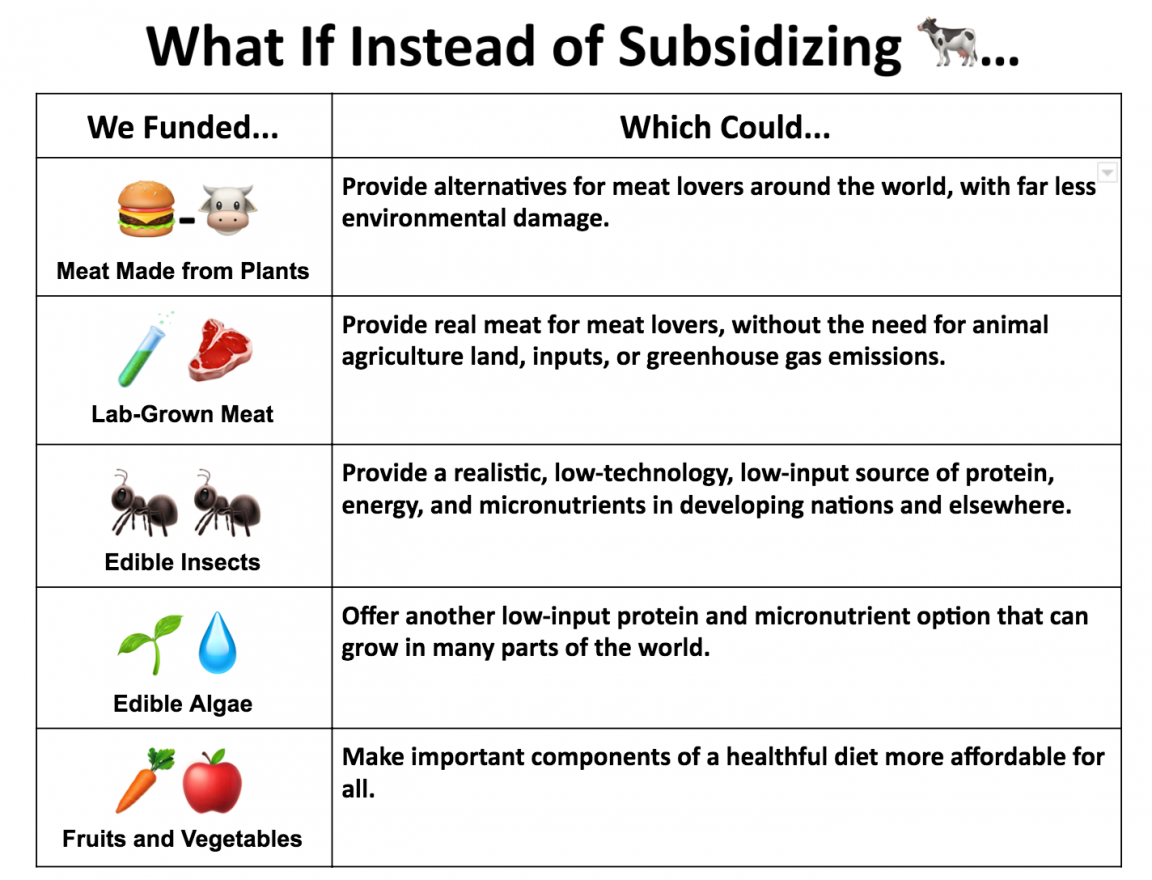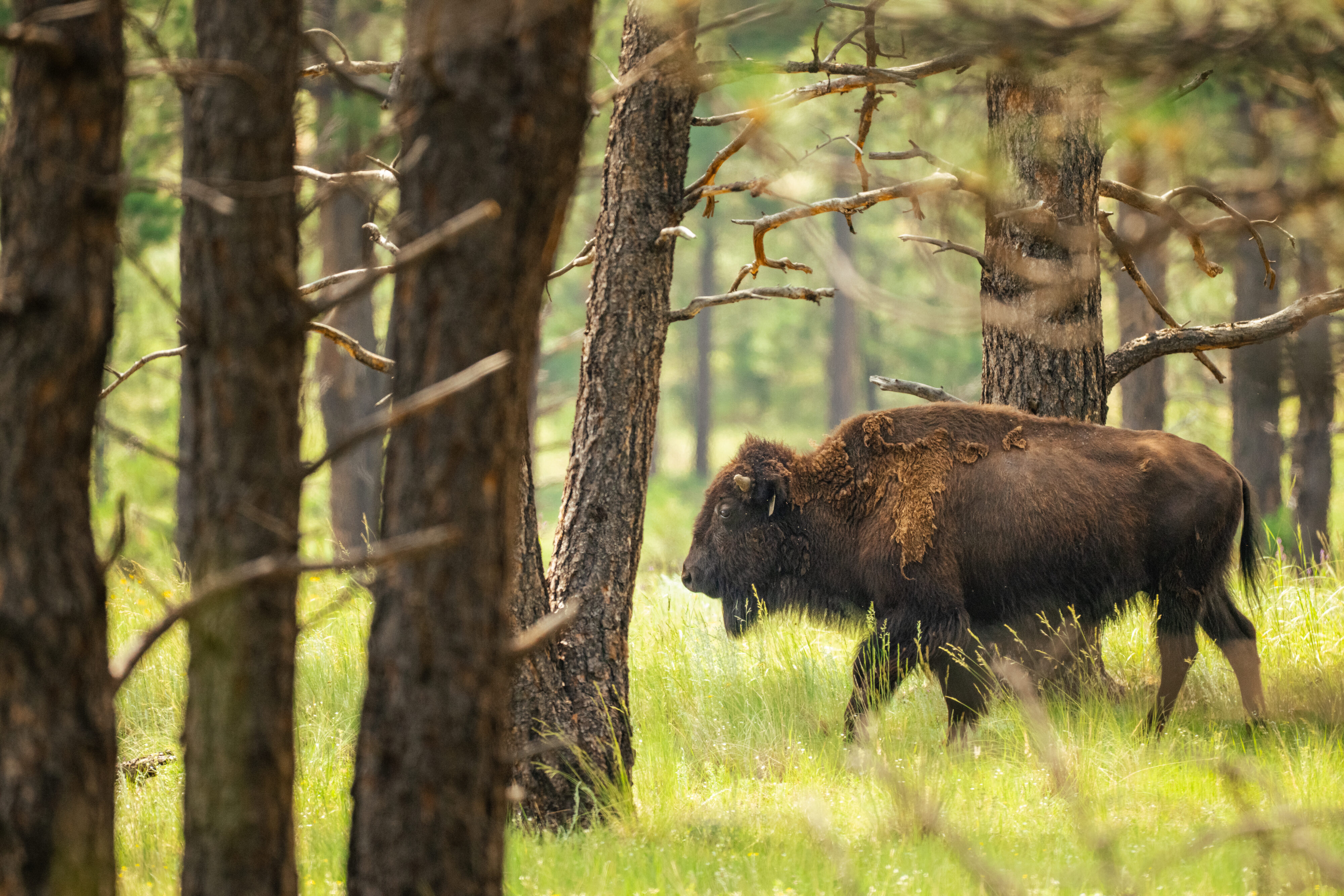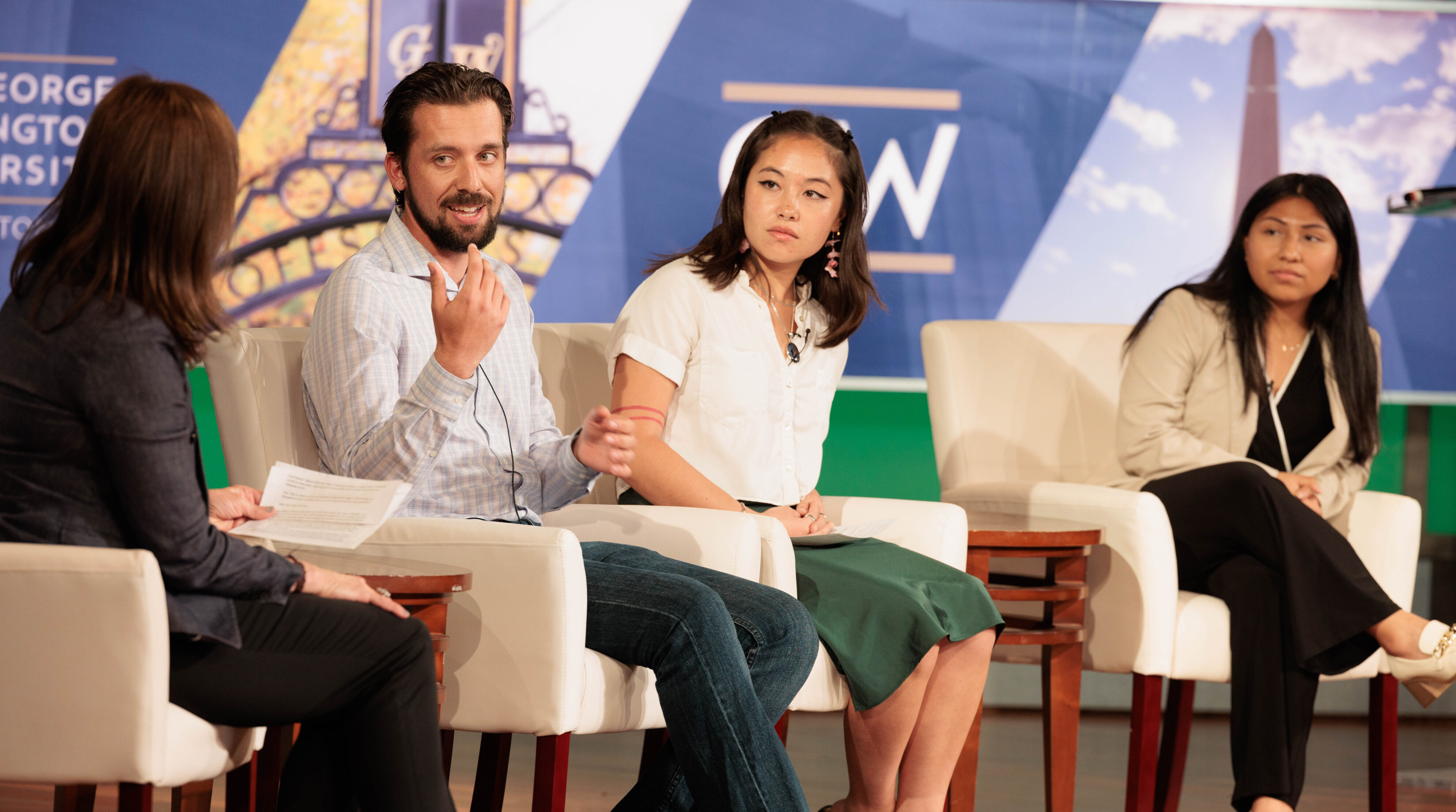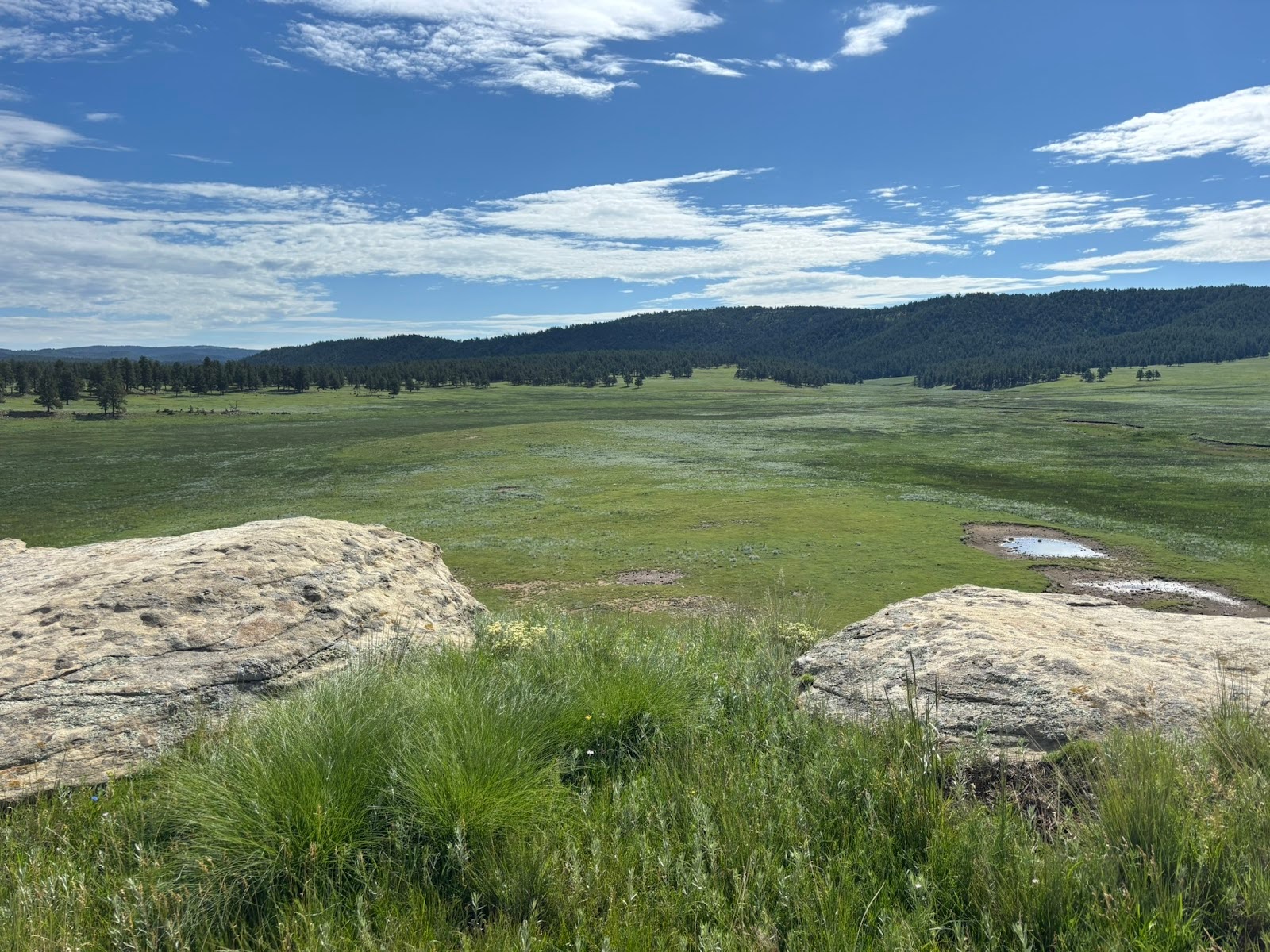 18% of total greenhouse gas emissions, and is considered a leading contributor to deforestation, biodiversity loss, and water pollution. Additionally, animal agriculture accounts for more land use than any other food source, and ushers overuse of hormones, and antibiotics, which leach into our water and food systems.
18% of total greenhouse gas emissions, and is considered a leading contributor to deforestation, biodiversity loss, and water pollution. Additionally, animal agriculture accounts for more land use than any other food source, and ushers overuse of hormones, and antibiotics, which leach into our water and food systems.
And although many of us are already aware of the unsustainability of meat, humans still have quite the appetite for meat, which has climbed in recent years, and is projected to peak in 2018.
...Which Governments Have Subsidized
The global explosion of enthusiastic meat consumption has to do with a variety of factors, including increases in disposable income, and the heavy subsidization of the industry in many parts of the world, including the United States.
And while it’s often easy to point at meat as a source of environmental and health issues, it is worth noting that meat can be a valuable source of energy, protein, amino acids, and essential micronutrients, including iron and B12, all of which are important in preventing many global malnutrition-related conditions, including protein-energy deficits and anemia.
Still, it’s hard to justify pouring billions into a food source that is contributing so greatly to climate change when there are an estimated 815 million hungry people on earth.
We can’t address global food insecurity without creating a more sustainable food system. And one of the biggest areas of opportunity for improvement lies in our ability to cut down on meat production.
How We Shift Our Funding Towards a Sustainable, Food Secure Future:
Many high and low-tech alternatives exist as promising solutions, but many remain underappreciated or underfunded. By redirecting global animal agriculture subsidies, there is great opportunity for impact.
Which next begs the question, where do these funds go? We can begin to subsidize more eco-friendly alternatives, but considering the global diversity in palates, cultures, landscapes, and infrastructures, we need more than a one-size-fits all approach.
It’s overly optimistic to expect steak-lovers to willingly swap beans for beef, and plain unrealistic to suggest high-tech meat startups are the solution in countries that lack the proper infrastructure.
So, here are 5 animal agriculture-free, protein alternatives to shift our animal agriculture funding into:
1. Subsidize Research and Production of Meat Made from Plants:
Meat, technically speaking, is a composition of water, proteins, amino acids, minerals, fatty acids, vitamins, minerals, and small amounts of carbohydrates. All of these building blocks can be found or fostered in plants.
Several protein-alternative startups are building brands on this principle. By piecing together building blocks of meat from plant-foods, and processing them together with new technology, they are able to create meat alternatives that smell, taste, feel, and cook just like meat.
By offering “meat made from plants” to appease the carnivore palate, companies like Beyond Meat and Impossible Foods are a wiser way to channel animal subsidy dollars, and offer an appealing, yet sustainable meat choice for meat-lovers in many parts of the world. Subsidizing such technologies (as Leonardo DiCaprio already has) could ensure products continue to improve and decrease in price, giving meat-lovers a meat with lesser harm to the environment.
2. Subsidize Research and Production of Lab-grown Meat
For those looking for another alternative that comes from animals rather than plants, several start up companies are working to bring lab-grown meat to market. Companies like Mosa Meat and Just Foods, are pioneering lab-grown meat.
Mosa Meat products, for example, are made from small samples of muscle stem cells taken from real animals. Known as “myosatellite” cells, these cells serve the specific function of creating new muscle tissue upon injury. Cells are next placed in a medium of nutrients and growth factors, cultivating their growth. Strands of cells are then layered together to create real meat - the only difference being that theirs is grown outside - rather than inside - the animal.
Rather than devote land, water, and feed grains to grow and butcher livestock, lab-grown meat requires far fewer resources, and emits far fewer greenhouse gases.
By shifting government funds from land and feed-requiring meats to lab-grown meat, die-hard carnivores can rest assured their steaks aren’t soon to be replaced with tofu. Subsidizing these technologies can ensure their affordability and continual improvement.
3. Subsidize Edible Insect Agriculture
Insects hold great promise as a sustainable source of animal protein. Requiring far less land, water, and producing far fewer greenhouse gas emissions than most mammalian protein sources, insects are a highly nutritious food source that is often overlooked. While edible insect nutrient profiles vary by species, many are micronutrient rich in vitamins and minerals including zinc, calcium, and iron, which are often lacking from diets of malnourished people.
Some are even energy dense, which could combat protein and energy deficiencies. Additionally, insects have low technological and monetary start-up costs, and are a viable option in developing countries where resources are limited. Insects are a wise and low-cost subsidy option which could address hunger far and wide.
4. Subsidize Algae Production
Algae is another fast-growing, high quality, and underappreciated source of protein. Importantly, algae is one of the few plant-based sources of B12, which is essential for proper neurological function and prevention of anemia. Furthermore, there are a lot of algae strains around the world, and cultivating algae does not require arable land, and can be done in many water environments including marshes, swamps, hot springs, and even under ice, and can also be grown in a lab, offering a promising, scalable option in many parts of the world.
5. Subsidize Organic - or any - Produce Alternatives
Fruits, vegetables, and legumes (besides soy) are drastically under-supported by government entities compared to staple grains and animal feed. Although developed nations often tout fruits and vegetables as essential to a healthful diet, many channel far more funding into meat, animal, and grains like corn and wheat.
By subsidizing fruits and vegetables, people will be better-able to afford these nutrient-dense food choices, and have a better chance at avoiding micronutrient deficiencies. And although not a large source of protein per se, most plant-foods have at least some traces of protein, all of which add up and can contribute to protein and energy intake.
How To Move Forward:
There are many more sustainable ways to direct worldwide subsidies currently supporting animal agriculture. To solve global hunger, we need a global, cooperative approach to create sustainable food choices with minimal environmental impacts. If developed and developing countries refocus their protein investments, this vision is possible.
And while politically-willed hypotheticals sometimes seem like far-off solutions, there are still things we as citizens can do to nurture these changes. From selecting to spending our dollars on sustainable protein alternatives, educating ourselves and others on the reality of our global food system, and showing up with our political voice in support of institutional change, together we can empower a more food secure future.
Cliff’s Notes:

The meat industry receives billions of dollars in subsidies around the world, yet is one of the most unsustainable food sources. To feed the planet, we must consider alternative places to put our dollars in hopes of food secure future.















.jpg)






